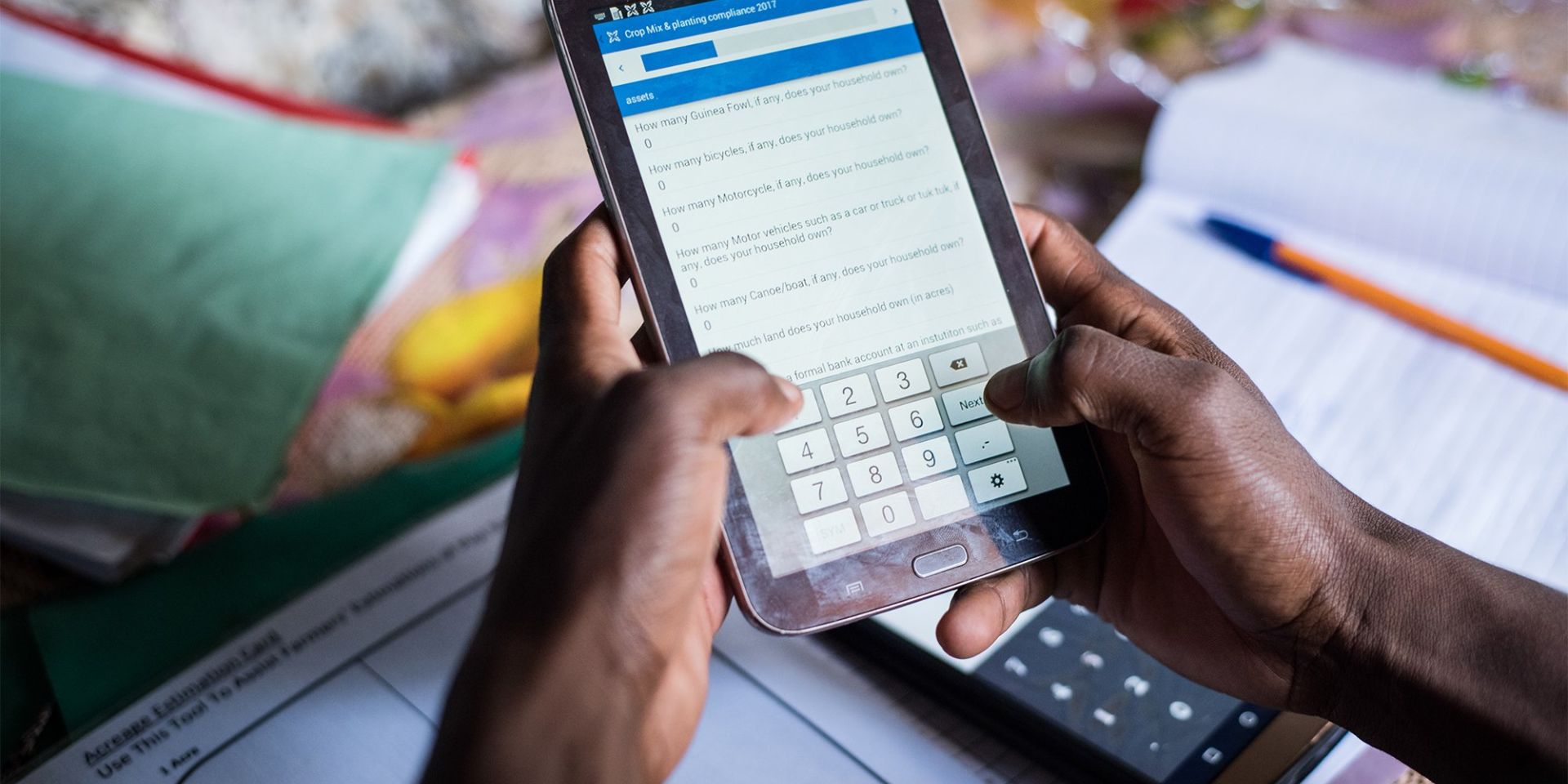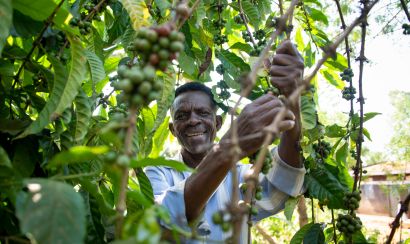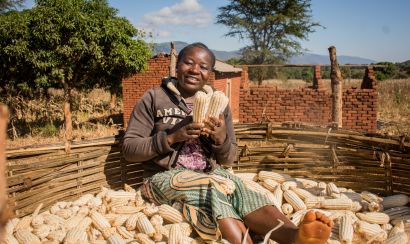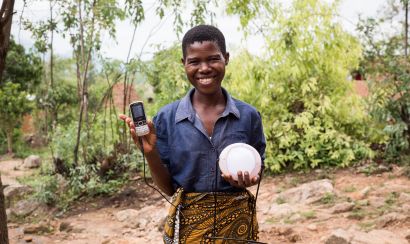Digital Innovations: One Acre Fund’s Experience in the Field
Over the last few decades, technology has revolutionized nearly every aspect of life. We have an unimaginable amount of information accessible at our fingertips. We can easily connect with people around the world. We’ve optimized and automated processes, from manufacturing to logistics, all of which have led to increased prosperity in countless industries and individual lives.
Throughout One Acre Fund’s 15-year history, leveraging digital solutions has been among the most effective tools in our growth and impact. We started before many types of tech became widespread in Africa, when mobile phone penetration in rural areas was virtually nil, and affordable, durable tablets were still many years off. By focusing on digitizing our program, we have driven up efficiencies in our existing model.
We’ve introduced tools such as mobile repayment for the farming inputs credit that we offer at the beginning of the farm season and tablets that One Acre Fund field staff use to enroll farmers.
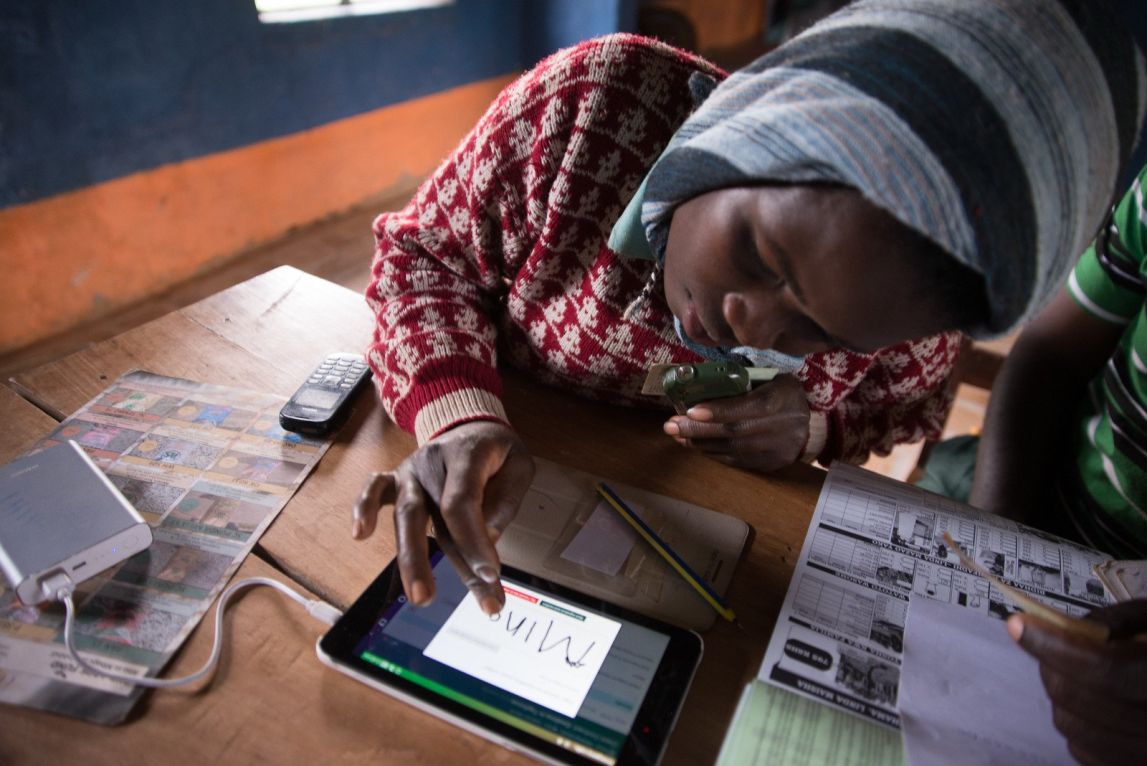
Digital innovations offer incredible opportunities to expand our reach and have the potential to unlock significant gains for farming families.
A new report, One Acre Fund’s Digital Innovations: A Case Study of One Acre Fund’s Experience in the Field, explains our organization’s approach to digital solutions. The report, produced in partnership with the United States Agency for International Development, Development Innovations Ventures (USAID DIV), discusses our work around choosing products and partners, rolling out changes in the field, and key lessons for the future. Following are some of the report’s key lessons:
Determining When and Where to Leverage Technology
- Shift mindsets: Rather than focusing on what might go wrong while trying to implement new technology, shift to a mindset of what will go wrong if new technology is not adopted. This will make things move much faster.
- Ensure competency and environmental alignment: Organizational competencies and environmental factors must align with technology goals, such as local infrastructure, tech team, client trust, public/private sector alignment, and client-facing innovations.
- More technology is not always the answer: One Acre Fund remains a big believer that good agricultural practice requires training, reinforcement, and behavioral nudges. Before COVID, we did both of these components in-person; during COVID, both shifted to virtual platforms, and post-COVID, we anticipate adopting a hybrid approach.
Selecting Products and Partners
- Simple technology can work well: For instance, in areas where smartphone penetration is limited, USSD can be a viable solution for customer engagement that sidesteps the need for extensive local infrastructure and delivers similar value to a smartphone application.
- Leverage detailed user stories: It is critical to thoroughly understand user cases, product requirements, and design limitations by empathizing and collaborating with end-users.
- Assess options with structured frameworks: Use a risk/reward framework to assess options between licensing or contracting, building, partnering, or acquiring digital solutions.
Rolling Out New Innovations
- Changes can happen faster than anticipated: Don’t underestimate what is possible with a great team. For instance, One Acre Fund’s program in Rwanda scaled up farmer enrollment via USSD from 40% to 100% two seasons ahead of schedule due to COVID.
- Think beyond the product: It’s necessary to think through the support that users need beyond the product itself. For instance, when digital literacy is low, end users may require training or guidance from local staff. Our Rwanda program saw improved user experience and fewer drops (i.e., clients enrolling but not ultimately taking out a loan) when they trained farmers and farmer volunteer leaders on how to use the USSD tool.
- Technology can create new problems: Replacing human interaction with a digital interaction may create other risks or implications that need to be addressed. For instance, eliminating the field officer from the transaction removes a way to minimize credit risk (i.e., a client taking a larger loan than they are likely to repay). This can be partly replicated by imposing a limit on the maximum loan size for mobile-based product purchasing.
As we look ahead to the next decade and aspire to grow the number of farmers we serve, our bottom line remains what it has always been: impact. We remain committed to increasing the scale (number of farmers we reach), depth (measurable outcomes for each farmer), and efficiency (cost of achieving outcomes) of our impact, and digital innovation is our primary means of achieving this goal.
